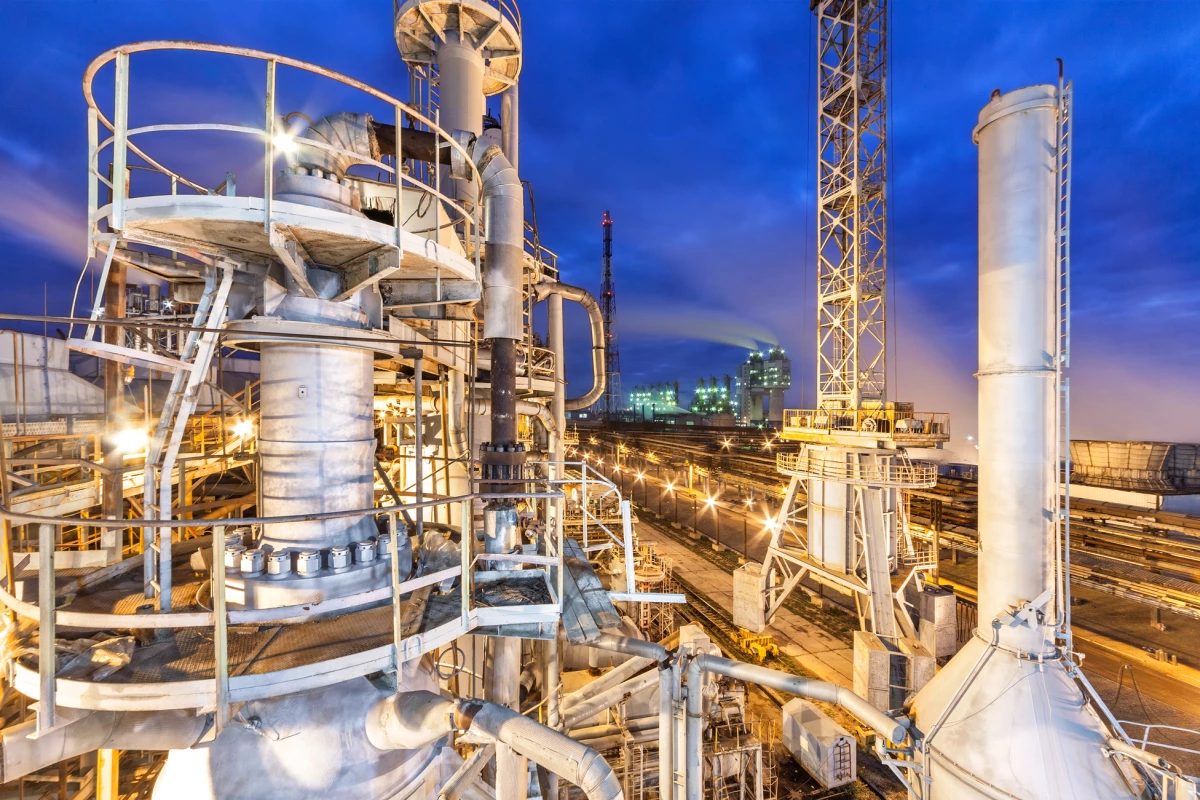To find the right mix of metals for their green ammonia catalyst, scientists turned to AI. The result was a breakthrough that makes their technique of producing ammonia from air and water more efficient and much more accessible.
You might be most familiar with ammonia as a kitchen cleaning product, but outside of the home, ammonia is a big deal, ranking as the second most industrially produced chemical in the world, after sulfuric acid. About 80% of ammonia is used as fertilizer, so it's a key part of global food production. It also finds its way into other industries and lately, it's being looked at as an alternative fuel source. That's because it can be a carbon-free source of energy as it releases only nitrogen and water vapor when burned. It also has a high energy density and is a great storage medium for hydrogen, which is also coming on strong as a new green fuel.
However, the most common way of producing ammonia these days is through a method known as the Haber-Bosch process, which uses extremely high temperatures and pressures that are normally created by burning fossil fuels. Researchers are working furiously to sidestep this process to create ammonia using carbon-neutral techniques. Last year, in fact, the world's first green ammonia plant opened in Denmark and earlier this year, we saw a new device that has the potential to deliver clean ammonia made from thin air directly to farmers.
In 2021 a group of chemical engineers at the University of New South Wales (UNSW) Sydney and the University of Sydney joined the quest for green ammonia and figured out a way to make a carbon-free version of it from air, water, and renewable electricity. Seeking to improve on that proof-of-concept method, a UNSW team realized that the key lay in finding the right combination of metals to act as a catalyst in the system.
“We selected 13 metals that past research said had the qualities we wanted – for example, this metal is good at absorbing nitrogen, this one is good at absorbing hydrogen and so on,” says Ali Jalili, a UNSW chemist who was involved in both studies. “But the best catalyst would need a combination of these metals, and if you do the maths, that turns out to be more than 8,000 different combinations.”
8,000 to 23
So Jalili and his team turned to artificial intelligence and fed a machine learning system detailed information on the behaviors and compositions of the various metals. They then had it determine which combinations were the most likely to be successful ammonia-making catalysts. That brought the number of experiments they needed to conduct down to just 28.
After working in their lab with the pared-down list, the researchers eventually determined that a mix of zinc, tin, nickel, bismuth and iron was the most effective formula. By employing a catalyst composed of these metals, they were able to dramatically improve upon the original method, producing ammonia at the ambient temperature of 25 °C (77 °F), which is less than 10% of the temperature used during the Haber-Bosch method.
“We achieved a sevenfold improvement in the ammonia production rate and at the same time it was close to 100% efficient, meaning almost all of the electrical energy we needed to make the reaction happen was used to make ammonia – very little was wasted,” says Jalili.
The team is now conducting trials with another type of on-site plug-and-play ammonia production module for farmers that uses the AI-optimized catalyst combined with a plasma generator and electrolyzer.
“For a century, ammonia production was based on massive, centralised factories that cut costs by operating at enormous scales, but those projects take years to build, require billions of dollars in capital, and cannot adapt quickly as energy markets change,” Jalili says. “Our approach breaks away from the era of centralised, giga-scale plants and opens the door for smaller, decentralised units that require much lower upfront investments.”
The team's findings have been published in the journal Small.
Source: UNSW





